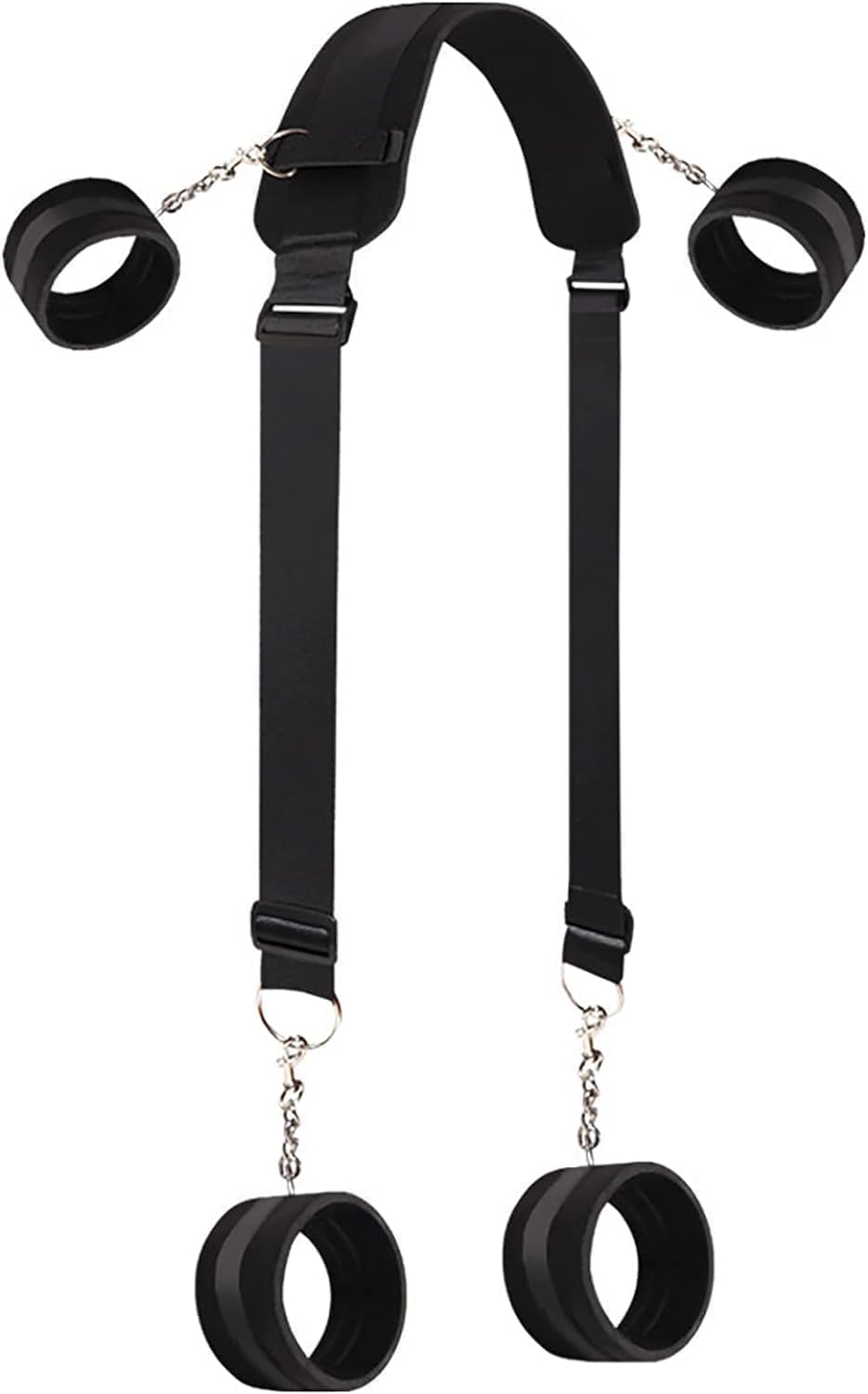
If you’ve been finding yourself opening your favorite social media app, getting flustered and quickly closing it, you’re not alone.
As reported by the Wall Street Journal, a leaked internal report says Instagram Reels engagement is in decline, dropping 13.6% in recent months – while ‘most Reels users have no engagement whatsoever.’ In November, it was forecasted that Instagram’s growth in monthly users will fall 3.1% by 2025 from 16.5% in 2021. Twitter is a mess, with a projected loss of 32 million users in two years since Elon Musk’s takeover in 2022, and Facebook’s revenue continues to steadily decline due to shifting engagement numbers.
One gem among the rubble is TikTok, the fast-growing video-dominant platform that has Gen Z and millennials in a chokehold. The app has reportedly been downloaded about three billion times, and has seen a 180% growth among those ages 15-25 during since 2020. This key demographic is the very audience Meta is clammoring to hold onto as younger global users choose other platforms to spend their time.
This is unsurprising after people have been inundated with incessant ads, nonsensical algorithm changes, and toxicity for years with inconsistent intervention from those who run the largest social media companies. At a micro-level, users are feeling confused about how to engage on now since the rules of engagement have literally changed. Apparently, everything is about short-form video content, largely spurned by the mega-success of TikTok. Also, it’s now all about being messy, transparent and authentic as opposed to the perfect online presentation that once dominated social media a few years ago. With that, it’s hard to come up with a formula for a landscape that now seems to thrive on unpredictability.
But even with all the trouble that may come with it, social media is an incredibly powerful and necessary tool for many, particularly companies.
So what’s a brand to do in this new age of social media we’re entering? One social strategist says stay in your lane.
“I know it can be incredibly tempting to do what seems to be working for other brands, but veering off into territories inauthentically can bode bigger trouble that most companies are ready for,” Theresa Myrill told ESSENCE. She is the VP of Social Media at The Hero Collective, the parent of Hero Media and its recently launched social media platform Good Feed. “Today’s social media users are incredibly sophisticated and intuitive, so they know when content isn’t aligned with a companies core brand. Basically they can see through the fake.”
Understandably, this is cause for pause for most companies who are unaware of how to move forward with the social media planning.
“Companies are definitely more cautious with social media strategy than they’ve probably ever been, even when it was in its earliest phase nearly two decades ago. The line between reality and fantasy is becoming more and more blurred and brands are becoming increasingly hesitant with selecting the right platforms that can build their business but also make authentic connections with real consumers.”
Pay attention to how long users are on each platform.
“You have to pay attention to the larger data and the numbers from your own accounts’ backend that answer the question of are {users} actively or passively using the platform? Are they really having meaningful conversations and interactions on the platform? Or has it become kind of saturated with hate speech that we’ve seen a rise in the last two years? So the way that I informed brands on how to find the right place for them is through full transparency: who’s on your platform? We really want to know what are your unique visitors looking? How can you ensure brand safety while they engage with you? That’s where it should start.”
Go at your own pace.
“So two pieces of advice I always give my team is one is we don’t have to be the first to win in social,” Myrill said. “Just because something new and shiny comes out doesn’t mean that we have to automatically recommend it to our clients. At Hero Media, we call ourselves less social, and more cultural anthropologists in which we take a step back and study platforms before we make recommendations to our clients.”
She added: “The next thing is that we work with clients that really understands who they are. It’s really difficult to market a product or a brand or anything that can’t give you a real understanding of the DNA, what they stand for, what’s important to them, what’s going to hold true in terms of a string of consistency, their voice and tone before we start creating plans and specifying platforms for them to show up. Whether it’s social platforms like I mentioned, influencer or brand ambassador partnerships, it’s quite difficult to find authentic matches when you don’t know who you are as a brand. And I think we run into that a lot. You’d be surprised with these huge brands that really haven’t taken a step back and thought about what their contribution to culture is. Cultural relevancy is the currency that has the most value right now. How are you participating in culture? How are you being additive in terms of culture? How are you not only participating in culture, but how are you contributing to it in a positive way? Without that true understanding of a brand, it’s hard for us to really be successful from a social standpoint.”







Never underestimate your audience.
“Gen Z users are incredibly smart and intuitive and probably the most double clicked in generation we’ve ever seen because social media is the first and last thing they view everyday. They incredibly adept at how to utilize it not only as a place for entertainment, but for a place to call brands out if they find them being authentic. It’s important to not speak out of both sides of our mouths as marketers and brands on behalf of our clients. So post about things you can’t or are unwilling to back up because there is nothing faster than social media. Not only can they build the brand up, but can quickly tear it down if you don’t kind of cross your t’s and dots your eyes. For example, if you’re not sustainable brand, or committed to DEI, don’t present the opposite on social. Be true to your brand and I promise, you’ll find your way with digital audiences.”






